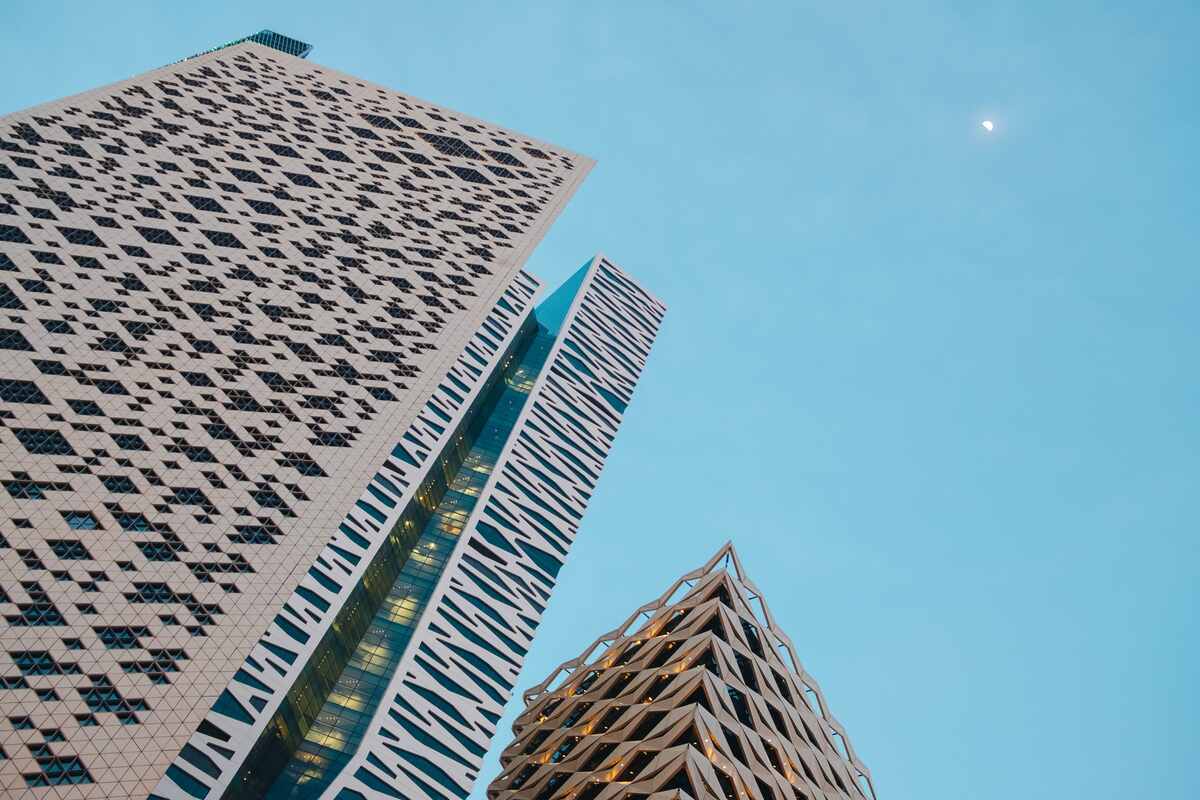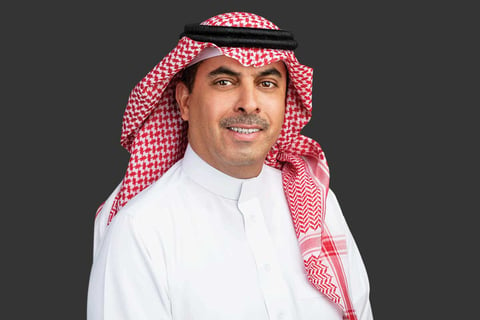Saudi Arabia’s transformation program, Vision 2030, will require around $1 trillion in investment over several years, revealed S&P Global Ratings in its latest report. The report states that part of this investment will come from the government and the Public Investment Fund (PIF). However, S&P Global Ratings also expect banks and capital markets to contribute a significant amount.
S&P Global Ratings believes that this investment in Vision 2030 will inevitably increase leverage in Saudi Arabia’s private sector and the broader economy. However, it notes that the pace and extent of the increase in leverage in the corporate sector remain uncertain.
Saudi Arabia’s banking landscape
Lending growth in Saudi Arabia’s banking system over the past five years was primarily due to an increase in mortgages. S&P attributes this reason to the lack of a material increase in publicly listed corporate debt. Moreover, companies in Saudi Arabia have been cautious about committing to large capital expenditures due to the high-interest rate environment.
Companies in the energy, healthcare and materials sectors continue to rely mainly on their internal cash flow to finance their working capital and investment needs. Even though listed companies’ leverage remains manageable, S&P expects that debt is building up in the private sector, that is, among unlisted entities, supporting strong corporate growth.
Notably, the structure of corporate balance sheet debt is changing, with a growing contribution from international debt versus domestic debt.
Strong asset quality maintains sector’s strength
Higher private-sector leverage in Saudi Arabia’s banking landscape could create imbalances and pose asset-quality problems in the future. However, the banking system remains in good shape, with strong overall asset-quality indicators and capitalization.
The report expects banks’ good profitability and conservative dividend payouts to continue supporting their capitalization over the next one-to-two years.
In addition to raising debt, Saudi Arabia’s companies have been active in raising new equity through initial public offerings (IPOs) in 2022 and 2023. Since the beginning of 2024, 13 private companies have announced potential listings on Saudi Arabia’s main market and parallel market (Nomu). In addition to strong internal cash flow generation, this will help contain the buildup of corporate debt.
Saudi Arabia’s future outlook
Debt buildup in the Saudi economy will remain in focus. However, S&P expects its growth to be gradual and concentrated with companies in the PIF portfolio.
Moreover, the report expects real gross domestic product (GDP) growth of 2.2 percent in 2024 and 5 percent in 2025 for Saudi Arabia. It also notes that the non-oil economy will continue to grow, contributing a larger share of the economy due to government investments in Saudi Arabia’s Vision 2030 projects.
Saudi Arabia still faces some risks including higher-for-longer interest rates and geopolitical risks, which could mean higher spreads for the weakest companies. In addition, banks will have to find alternative ways to fund their growth. This is why the report expects the increase in leverage to be gradual.
For more news on banking & finance, click here.




